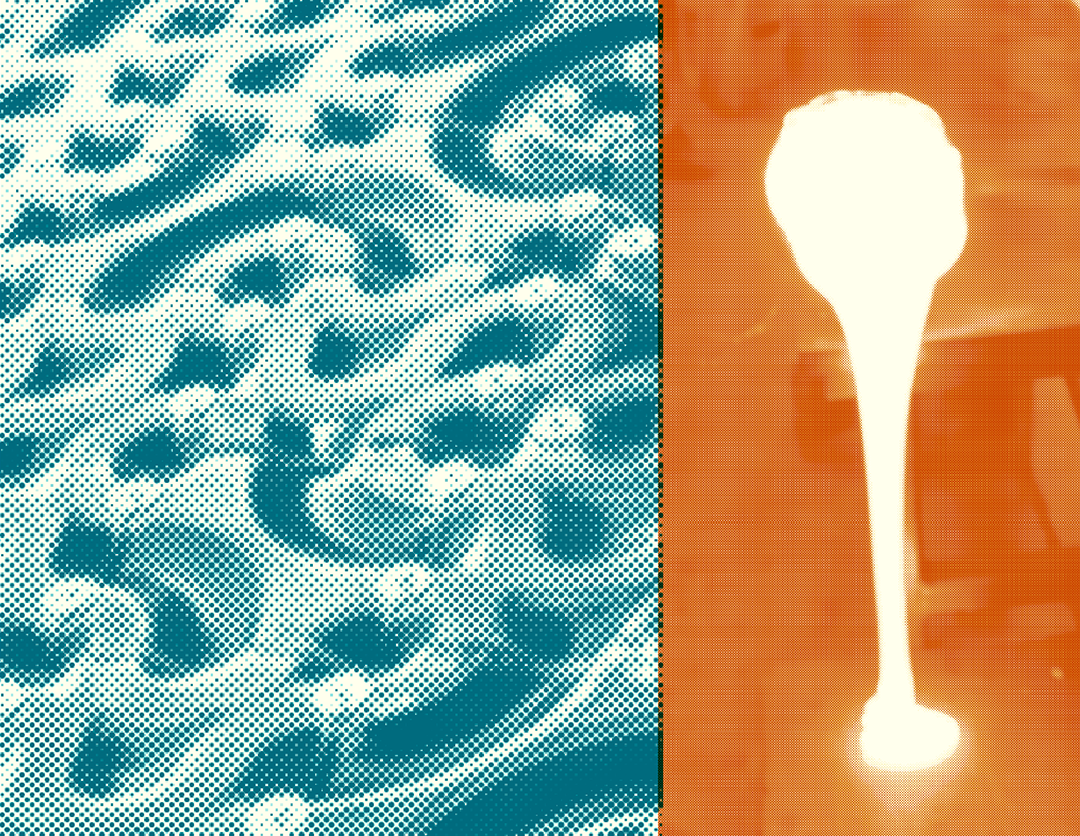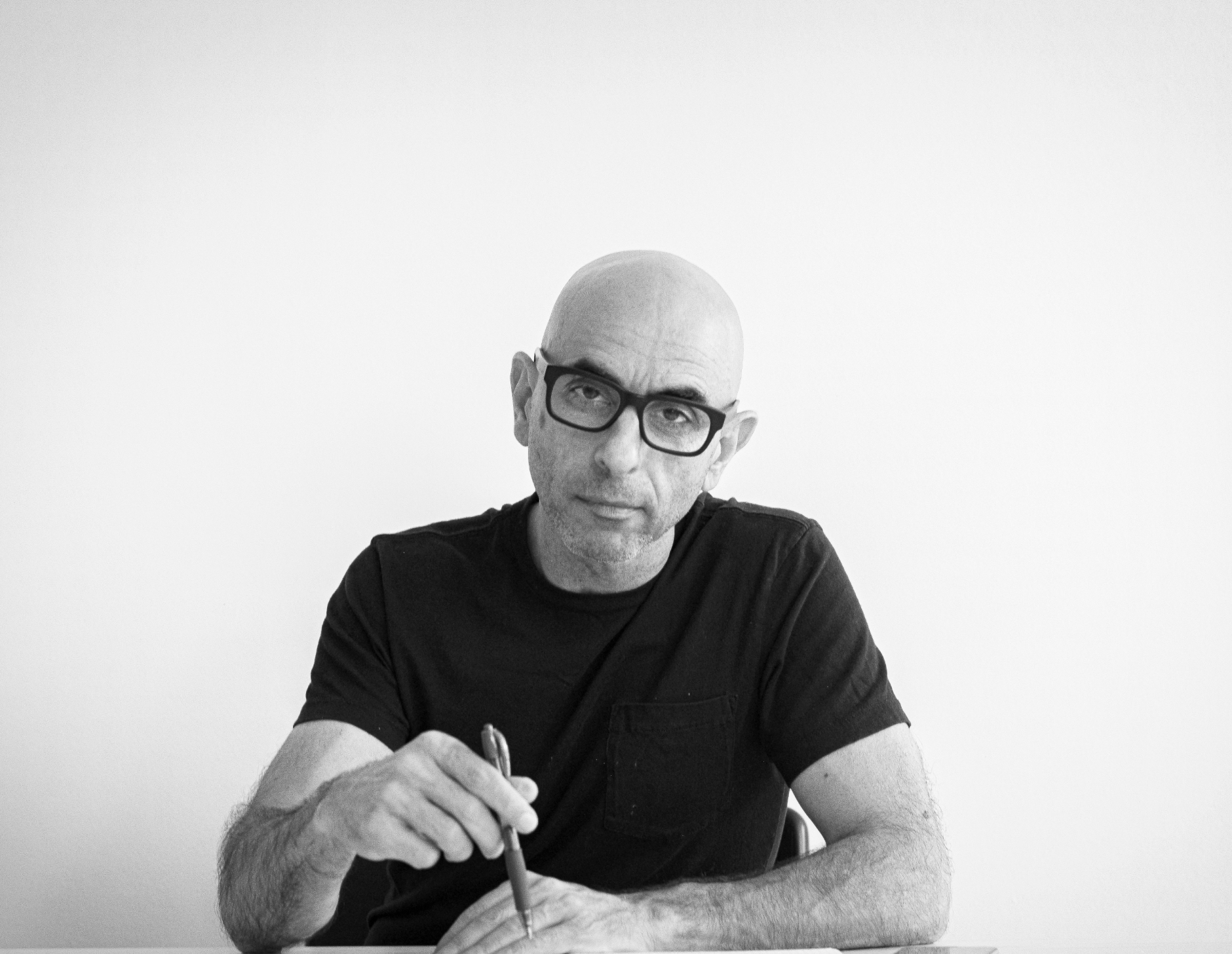
Seattle holds a complicated and contested history when it comes to race, space, and justice. While many remember its progressive movements, fewer recognize its foundations in racially exclusionary practices. Neighborhoods like Queen Anne, Magnolia, Laurelhurst, Capitol Hill, Madison Valley, Madison Park, and West Seattle were shaped by redlining and racially restrictive covenants, and were considered part of a broader pattern of 'sundown towns' or zones. These policies and practices forced Black, Indigenous, Asian, and other communities of color into segregated areas, stripping them of opportunities for homeownership, wealth accumulation, and safety.
This legacy of exclusion stands in powerful contrast to Seattle’s later role in the global anti-apartheid movement, aimed at dismantling South Africa’s brutally codified racial regime. The intersection of these histories provides a poignant backdrop for the new exhibition at the Museum of History and Industry (MOHAI): Mandela: The Official Exhibition.
Curated through international partnerships with Round Room, a global leader in exhibits and family engagement, this exhibition is co-produced by Nkosi Zwelivelile Mandela, grandson of President Nelson Rolihlahla Mandela and traditional leader of the Mveso Royal House of Mandela. It offers a multisensory journey through the life and legacy of Nelson Mandela, South Africa’s first democratically elected president and a global symbol of resistance, forgiveness, and hope. The exhibit opens with a stunning reproduction of Mandela's childhood Thembu home. It highlights his royal lineage, when he was crowned in a tigerskin as a symbol representing his Thembu ancestral clan's house and traditional chieftaincy.
"Nelson Mandela is a hero for our time and a hero for all time," says MOHAI Executive Director Leonard Garfield. "As we reflect on the intersection of justice and history, I’m reminded that Mandela fought and triumphed over colonial power. He was a member of the Thembu royal family, whose lineage long predates colonial rule in South Africa.”
The exhibit is divided into thematic chambers: Mandela’s early life, his legal career, his love and partnerships, the decades-long struggle against apartheid, his imprisonment, the nation’s collective joy at his electoral victory, and his global humanitarian work. Each section is rich with personal belongings, audio-visual displays, and previously unseen archival footage. Chief of Exhibits Devorah Romanek frames the exhibition as "a reminder that stories like Mandela’s are always timely and urgent." She notes, "It coincides with renewed international attention on South Africa, as well as ongoing refugee crises and global struggles for justice."
"Seattle plays a unique and powerful role in this history," Romanek adds. "The local component,” states Sarah Hogan, MOHAI’s guest curator for Round Room, “highlights Seattle’s pivotal involvement in the anti-apartheid movement in the U.S." It begins with a call to action in Mandela’s own words: 'Wherever there is a single human being suffering, that is where our attention must go.' “
From sit-ins and protests outside the South African consulate in Madison Park to university divestment campaigns, Seattle residents mobilized to show their solidarity with Mandela. Anthony Long, who curated local aspects of this exhibit, is MOHAI’s Executive Associate and Board Manager. Long underscores the movement’s deep roots in community activism: "This story centers on ordinary people from diverse backgrounds–racial, religious, political–who came together under shared values. Seattle stood with Mandela in his long walk to freedom."
“Seattle stood with Mandela in his long walk to freedom. Through interviews with local activists like Mariamu El-Idrissi, Aaron Dixon, and Larry Gossett, we explore how this movement played out in our city.”
Visitors will find an exhibit area dedicated to resistance within the historic multicultural organization Seattle Coalition Against Apartheid. It includes protests at Madison Park outside the South African consulate, divestment campaigns at Seattle universities, and local policy changes that demonstrate the power of people to effect change. Seattle’s role included legal support, grassroots pressure, arts activism, and emerging hip-hop voices that pushed the anti-apartheid message into the streets and onto stages.
Curator Sarah Hogan, remarks, "We discovered the Seattle connection was much deeper than we initially thought. For example, Helen Suzman, the only white woman in South Africa’s Parliament who opposed apartheid, had roots here. She was known for bringing Mandela books and educational resources during his imprisonment and advocating for him tirelessly."
This legacy continues through her relatives. As a representative from the Gates Foundation notes, "Helen Suzman was truly extraordinary. Interestingly, her nephew is Mark Suzman, the current CEO of the Gates Foundation. Paul Suzman, a Seattle-based relative, also helped organize Mandela’s visit to Seattle in 1999. There’s a long and personal family connection to Mandela's legacy here."
Among the exhibit’s treasures is a rare handwritten letter by Mandela, addressed to then-Prime Minister Tony Blair and referencing President Bill Clinton and President George W. Bush. "He always wrote his letters by hand first, and it is beautifully handwritten," Hogan explains. "You can even see the ink pressed into the paper with intentionality. Every time I handle it, it’s incredibly moving."
Also on display is the zipper bag Mandela carried during his later activism years, featured in the exhibit’s final video section. "That piece invites visitors to consider what legacy they want to carry forward in their own lives," says Hogan.
Hogan emphasizes the emotional weight of the project: "Every time I work on this exhibit, I cry a little, and then I smile. Mandela’s story still moves us. The exhibit helps connect it all together for new generations."
Upstairs, visitors are introduced to Mandela’s early life and Thembu heritage. The next rooms reveal the brutality of the apartheid through chilling signage such as "Whites Only" and authentic prison tools from Robben Island. A highlight for Hogan is the video about the 1994 election, and Anglican Archbishop Desmond Tutu’s excitement. "It shows the collective joy and unity of a nation that, despite immense hardship and violence, came together to vote and build a future."
The exhibit’s denouement provides a montage of his life interspersed with ongoing global crises and triumph. It ends with a striking symbol: a white lionskin–the most sacred animal on the African continent, heavenly messenger, symbol of royalty, prosperity, love, and respect. The white lion became his burial shroud, completing the circle of leadership and legacy.
Anthony Long reflects personally: "Being imprisoned unjustly and then the powers that be doing everything they can to just mentally break him down... to see him overcome that and still maintain his purpose, it really just inspires me and makes me think anything is possible."
Stephanie Johnson-Toliver, President of the Black Heritage Society of Washington State and a partner on the exhibit, reflected on the moment, "It means so much that Seattle brought this exhibition here at this time. As I walk through it, I'm deeply moved. Some parts are incredibly emotional, but there’s also a powerful spirit of the movement. I hope visitors find their own call to action here, just as our community did decades ago."
Seattle’s layered history from exclusionary housing policies to grassroots internationalism comes into sharp focus within the darkly lit chambers of Mandela: The Official Exhibition. Larger-than-life images of Mandela brighten the space, while his own voice echoes, filling the air with his powerful words. In witnessing Mandela’s journey, through sight and sound, we are also asked to witness our own: our city’s past and its possibility for justice.
Garfield concludes, "When Mandela visited Seattle in 1999, he began his remarks by thanking the anti-apartheid activists here. He met privately with local leaders to express his appreciation. This exhibit brings his gratitude full circle.
“At its core is the concept of Ubuntu- 'humanity to others.' In today’s challenging times, it is more relevant than ever. We hope this exhibition inspires every visitor to reflect on their own power to create change.”
To witness Mandela’s life is to confront the legacies of injustice still shaping our own communities, and to be called into action. This exhibition is not only a reflection of the past, but a reminder that the struggle for equity continues, right here in Seattle and across the United States. From Thembu royalty to Robben Island to Seattle sidewalks, Mandela’s spirit endures. May this exhibition be not just a remembrance but an awakening - a call to continue the long walk toward freedom, not just in our minds, but with our hands and hearts, building a more just world, together.


.jpeg)







.jpg)

.jpg)
